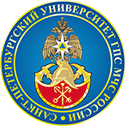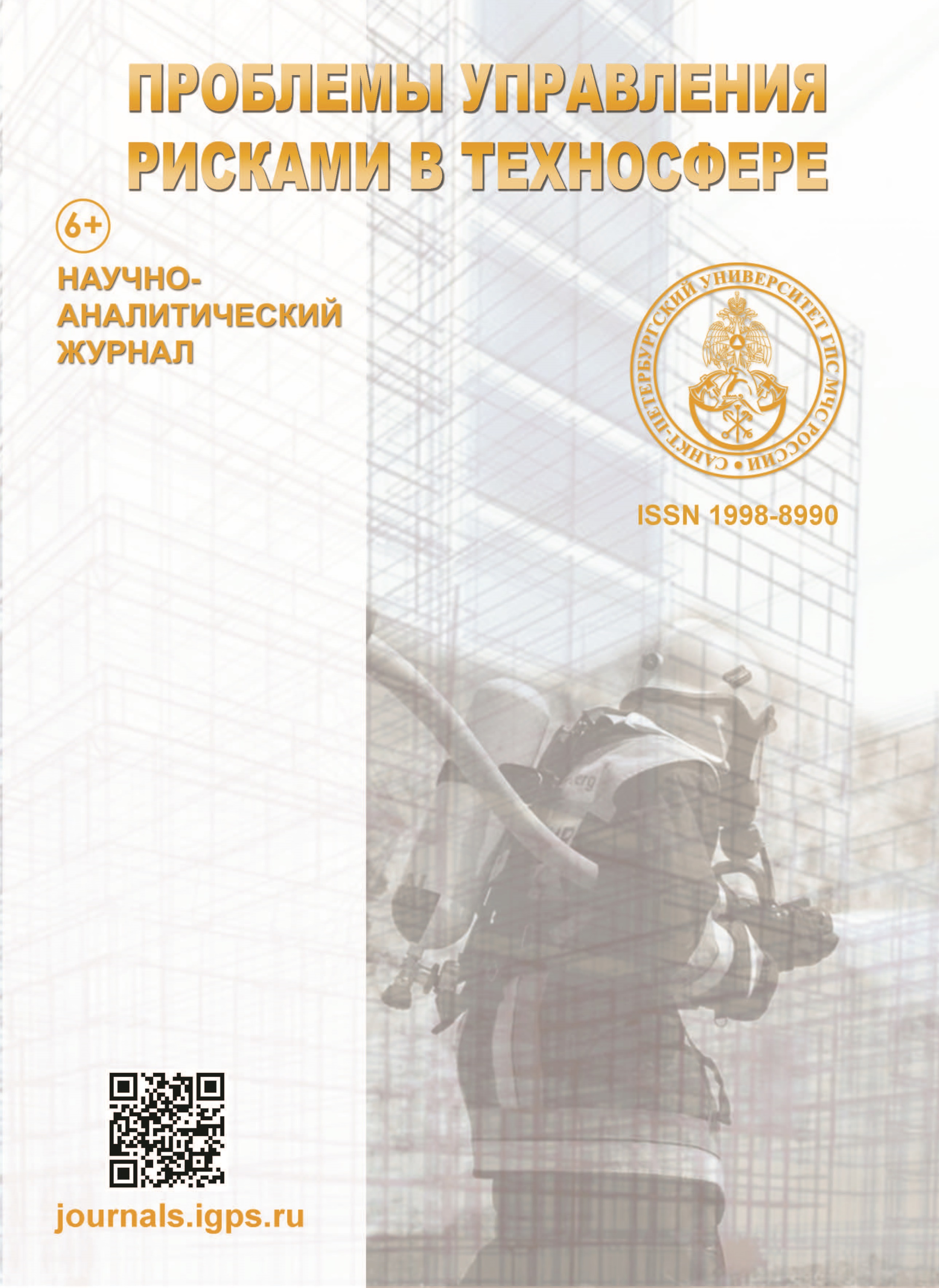Saint-Petersburg university of State fire service of EMERCOM of Russia (department of fire, emergency rescue equipment and automotive industry, candidate)
Russian Federation
Russian Federation
Russian Federation
UDC 614.76
Major accidents at oil and gas industry enterprises related to soil contamination with petroleum products are considered. Based on the analysis of scientific research, it was determined that the existing methods for assessing the content of petroleum products in the soil have a number of significant limitations. Overcoming them requires the organization of a soil monitoring system, characterized by the possibility of rapid determination of pollutants and the allocation of clear boundaries of the permissible content of oil and petroleum products. The use of the arbitration method of infrared spectroscopy and the molecular luminescence method for estimating the content of petroleum products in the soil is experimentally justified. A correlation analysis was carried out between the measurement results obtained using the two presented methods. It was found that at low concentrations of petroleum products in soils, there is a linear dependence with a very high binding force, characterized by a Pearson correlation coefficient of 0,93. With relatively high values of the content of petroleum products in the soil and a significant spread of the experimental data obtained, it is advisable to use rank correlation. The use of the identified dependencies allows us to form a fairly complete picture of the situation in the study area associated with soil contamination with petroleum products, based on the results obtained using one of the presented screening methods. This greatly simplifies the procedure for assessing the state of the soil cover and creates prerequisites for reducing decision-making time and increasing the responsiveness to emerging emergencies.
oil spill, soil, emergency, correlation, power of correlation, rank, infrared spectroscopy, molecular luminescence, hydrocarbons
1. Strategic implementation of integrated bioaugmentation and biostimulation for efficient mitigation of petroleum hydrocarbon pollutants from terrestrial and aquatic environment / I.D. Behera [et al.] // Marine Pollution Bulletin. 2022. Vol. 177. P. 113492. DOI:https://doi.org/10.1016/j.marpolbul.2022.113492.
2. Zajkin R.G., Galishev M.A., Demekhin F.V. Metodika izbiratel'nogo obnaruzheniya nefteproduktov v pochve pri rassledovanii avarij na neftegazovyh ob"ektah // Problemy upravleniya riskami v tekhnosfere. 2020. № 4 (56). S. 152–160.
3. Normirovanie dopustimogo ostatochnogo soderzhaniya nefti i produktov ee transformacii v pochvah / R.R. Shagidullin [i dr.] // Georesursy. 2011. № 5 (41).
4. Okolelova A.A., Kaplya V.N., Lapchenkov A.G. Ocenka soderzhaniya nefteproduktov v pochvah // Regional'nye geosistemy. 2019. № 1.
5. Synergistic adsorption and biodegradation of heavy crude oil by a novel hybrid matrix containing immobilized Bacillus licheniformis: Aqueous phase and soil bioremediation // Ecotoxicology and Environmental Safety. 2021. Vol. 222. P. 112505.
6. Levich A.P., Bulgakov N.G., Maksimov V.N. Teoreticheskie i metodicheskie osnovy tekhnologii regional'nogo kontrolya prirodnoj sredy po dannym ekologicheskogo monitoringa. M.: NIA-Priroda, 2004. 271 s.
7. PND F 16.1:2.2.22–98. Metodika vypolneniya izmerenij massovoj doli nefteproduktov v mineral'nyh, organogennyh, organomineral'nyh pochvah i donnyh otlozheniyah metodom IK-spektrometrii (izdanie 2005 g.). URL: https://ohranatruda.ru/ (data obrashcheniya: 03.03.2024).
8. PND F 16.1:2.21–98. Metodika vypolneniya izmereniya massovoj doli nefteproduktov v probah pochv i gruntov fluorimetricheskim metodom na analizatore zhidkosti «Flyuorat 02» (M 03-03–2012) (izdanie 2012 g.). URL: https://ohranatruda.ru/ (data obrashcheniya: 03.03.2024).
9. Bavrina A.P., Borisov I.B. Sovremennye pravila primeneniya korrelyacionnogo analiza // Medicinskij al'manah. 2021. № 3 (68). S. 70–79.
10. Orlov A.I. Veroyatnostno-statisticheskie modeli korrelyacii i regressii // Nauchnyj zhurnal KubGAU. 2020. № 160.







